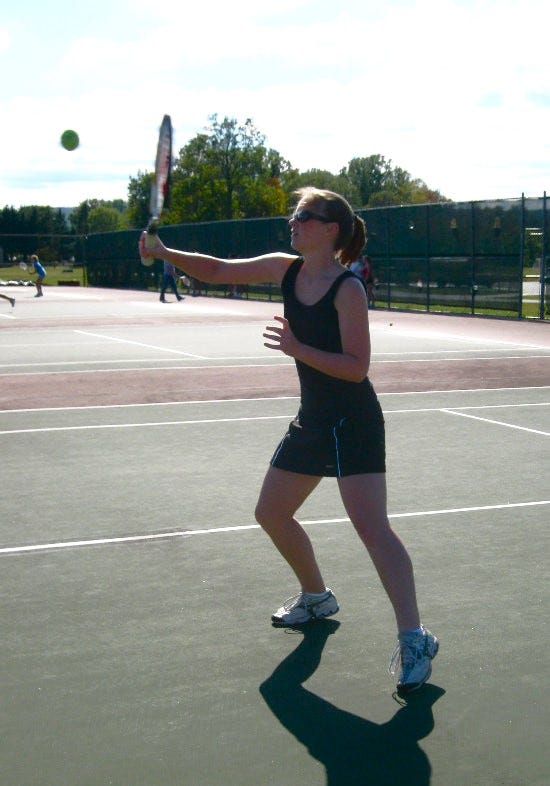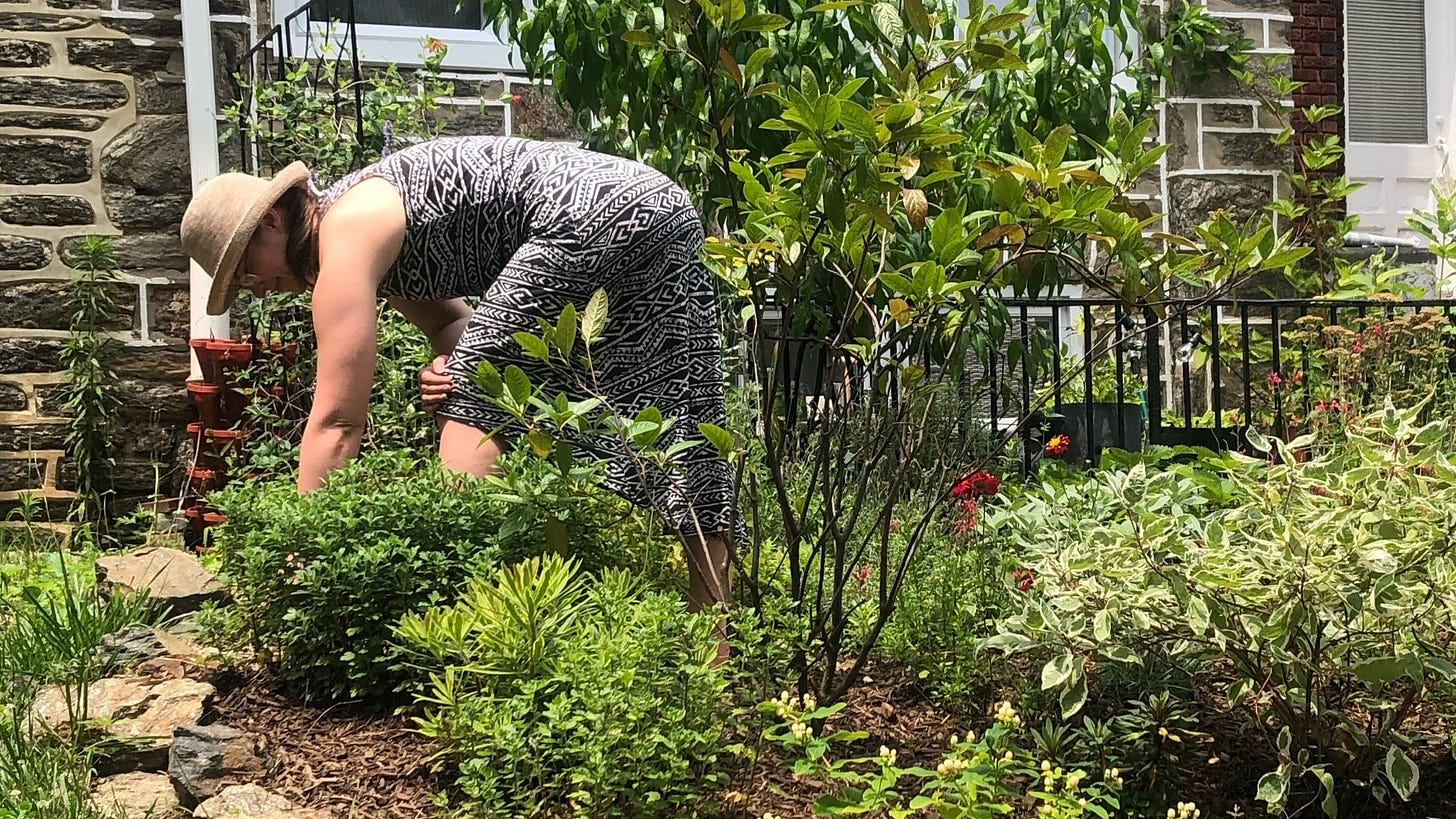“I’m surprised. You look fine.”
This is too commonly the reply of people hearing you suffer from chronic pain. Many people can’t understand because it isn’t always visible, and it affects people indiscriminately.
We often still laugh, love, eat, travel, work, and may look like healthy adults. But it changes our daily life; it is worse on some days, and better on others.
So let’s talk candidly about it. You might be shocked how many people around you are living with it. My pain led me to horticultural therapy and I hope this story can be a comfort to others.
Because pain gets lonely. My solace is the garden.
My pain started almost seven years ago. I was an active hiker, kayaker, and plyometric exercise enthusiast. A simple knee twist on the tennis courts changed my entire life.
Now I’m just grateful to use the elliptical.
It took me a long time to seek help because I felt ashamed to say, “I just hurt everywhere.”
The doctor sent me to physical therapy. PT made it worse.
I begged for an MRI (you have to do that in our healthcare system) and it confirmed bulged discs.
The cognitive behavior therapy I was originally prescribed couldn’t un-bulge a spine (I wasn’t crazy after all).
The orthopedic said it wasn’t bad enough to operate and shuffled me to pain management.
That doctor pushed on a few muscles. “You have fibromyalgia. I can offer antidepressants to mask the pain. It may or may not work.” Almost as an afterthought he said, “Suicidal thoughts could be a side effect.”
The cavalier attitude in which he wrote a script for mind-altering drugs after a cumulative sixty minutes together terrified me. Being assigned an incurable diagnosis at 30 was devastating. I curled up and cried for hours in the parking lot.
If I continued to rely on the healthcare system, I’d simply be coping, and my muscular pain compounding. Information was my way out.
I now know that prescribing antidepressants is the standard “treatment” of chronic pain in America. The MayoClinic describes them as “a mainstay.”1
I learned the CDC reported that in 2021 51.6 million persons (20.9% of adult population) experienced chronic pain. 17.1 million persons (6.9%) experienced high-impact chronic pain (i.e., pain that substantially restricts daily activities).2
I had never been alone.
Dr. Helene M. Langevin, director of the National Center for Complementary and Integrative Health, describes the United States as experiencing “a terrible burden of pain…The onset of any chronic condition is a pivotal moment and early intervention can make a significant difference in the toll that the condition takes on the individual.”3
Most non-standard treatments (myofascial release, neurosomatic therapists, etc.) aren’t covered by insurance, but it will pay for antidepressants. It is a coping mechanism, not a cure.
They say things happen for a reason, so I find comfort in that. My pain journey led me to the garden. The garden inspired me to pursue horticultural therapy. Horticultural therapy has inspired me to help others and to advocate for myself.
I just hope in my lifetime the medical community starts preventing and healing pain, not mask it.
For a deeper dive, keep reading at the references below:
Rikard SM, Strahan AE, Schmit KM, Guy GP Jr.. Chronic Pain Among Adults — United States, 2019–2021. MMWR Morb Mortal Wkly Rep 2023;72:379–385. DOI: http://dx.doi.org/10.15585/mmwr.mm7215a1






